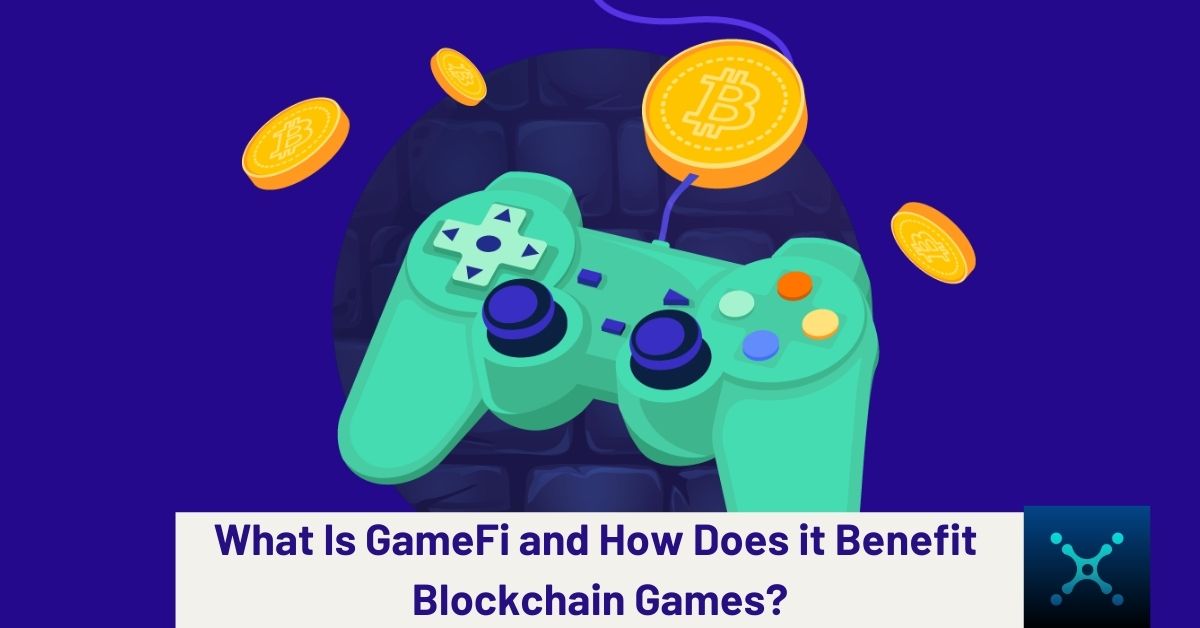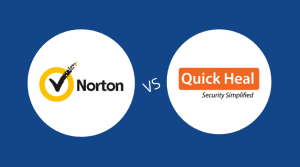
While the Crypto community was busy talking about the difference between DeFi and CeFi, another new term in the mix was GameFi.
The play-to-earn (P2E) trend has led to widespread interest in the gameplay sector. P2E emerged as a breath of fresh air, creating numerous growth opportunities and contributing to the emergence of GameFi unicorns.
What is GameFi?
GameFi is a platform that uses Play to earn models and allows people to make money through gaming. It combines the terms ‘game’ and ‘finance’. It supports the idea of an open economy, where players are awarded game tokens and NFTs.
The term GameFi was initially coined by Andre Cronje, the founder of Yern, who said,
“If gambling can apply to monetary policy, it excites me. Your money will become a tool to be used in this challenging game”.
GameFi includes many interested parties, including players (who can make money by equalizing their roles), investors, and NFT Crypto game developers.
So, why has GameFi become the most talked about the topic? NFT best GameFi has made some revolutionary changes in the field of gaming. Previously, assets within the game were restricted to the central protocol, which prevented players from trading their digital assets off the platform.
The play-to-earn model allows users to own all their gaming assets even when the server is down.
Benefits Offered By GameFi:
Now that we’ve figured out what GameFi is, let’s see what it offers. One of the most obvious is making money and generating revenue through gaming Crypto tokens.
The game-based economic model, which includes Blockchain and Cryptocurrency, enables consumers to make money by accessing the Internet. Blockchain-based games can also offer new employment opportunities, thus tackling the problem of unemployment and current economic challenges.
GameFi also offers increased investment potential. Currently, interest in Crypto games is at an all-time high, so investors are beginning to take advantage of opportunities in this field. Not surprisingly, many game studios are constantly developing new play-to-earn games.
How Does GameFi Work?
The GameFi mechanism is based on four pillars: Blockchain technology, play-to-earn model, asset ownership, and non-fungible tokens. Combining these features and technologies allows users to monetize their actions in the game. Let’s see what each of them brings to the table.
Blockchain
Blockchain is the core of GameFi projects, with most games built on intelligent contract networks. Ethereum is one of the most popular platforms for developing GameFi. But Ethereum’s block space is limited, which imposes significant restrictions. As the amount of block space exceeds, the transaction costs increase rapidly. It has moved game developers to faster, higher-capacity GameFi protocols such as Solana and Polkadot.
Blockchain ensures that all transactions involving the sale and exchange of goods are open, fair and transparent. All items and their data are stored on a decentralized public Blockchain. Blockchain stores data on who owns what, which means players own assets, not game developers.
Non-fungible tokens (NFTs)
In-Play to Earn Crypto-Games, all game items such as avatars, land, and weapons are displayed as non-fungal tokens (NFTs). Players acquire these items during gameplay and can further exchange them for Cryptocurrencies, resulting in Fiat money and Cryptocurrency.
One of the distinguishing features of Non-Fungible-Tokens is that they make characters or game items unique, meaning they cannot be duplicated or forged.
There are many levels to progress in GameFi projects. Players can increase their earnings by improving their roles and earning their ground assets by developing structures that other players pay to watch or compete with other users in the tournament.
Read More: Buy and Sell NFTS
Play-To-Earn Model
Unlike play-to-earn games that make money through app purchases, the GameFi project allows users to earn rewards for accomplishing gameplay goals, such as winning battles or tournaments. Monetization games also allow users to trade and exchange their valuable assets.
Asset Ownership
In GameFi the assets within the game are displayed in the form of NFTs that belong to users and cannot be forged. Digital ownership of unique assets provides players with several unique opportunities.
Conclusion
GameFi combines three significant markets – decentralized finance (DeFi), non-fungible tokens, and Blockchain-based games.
Blockchain has shown the world its power to shape the future. With decentralized finances, blockchain embodies the concept of GameFi, becoming one of the most anticipated arenas in the years to come. Blockchain aims to address the lack of transparency. GameFi is based on this technology, works on a single mission to solve significant problems in the traditional gaming industry.

